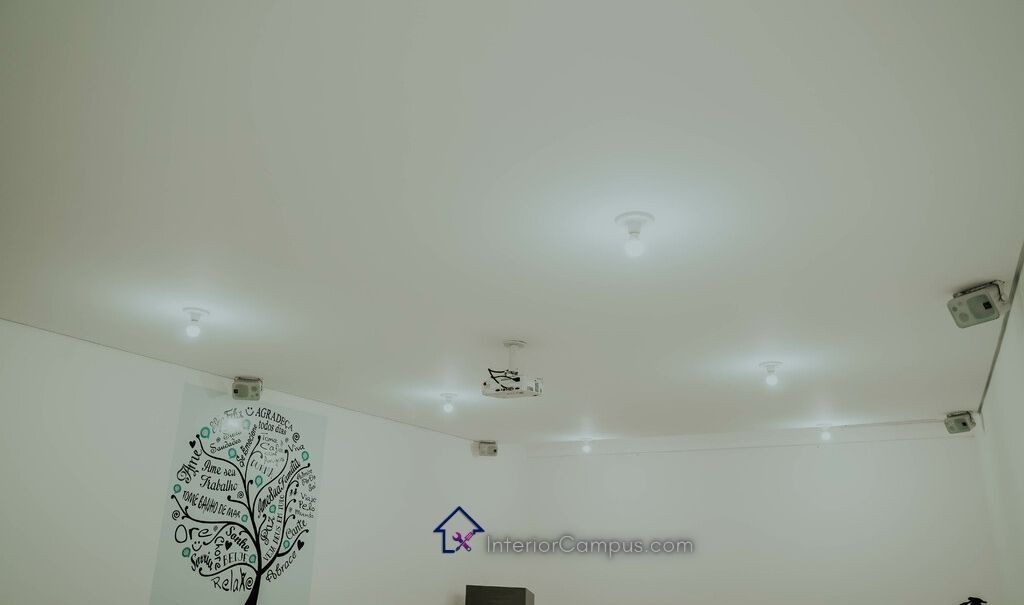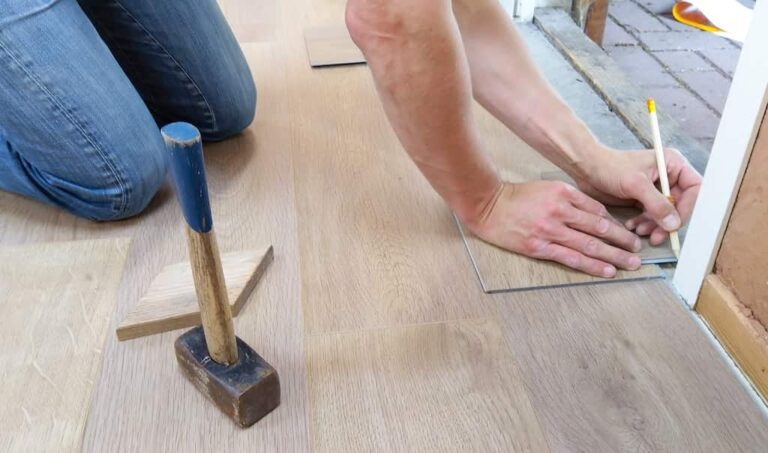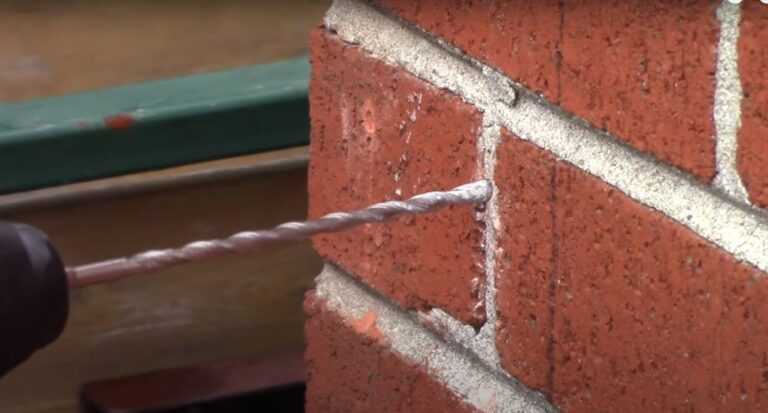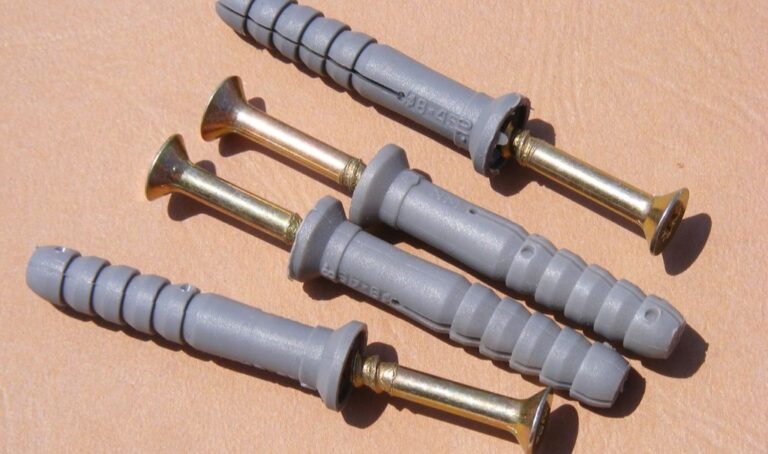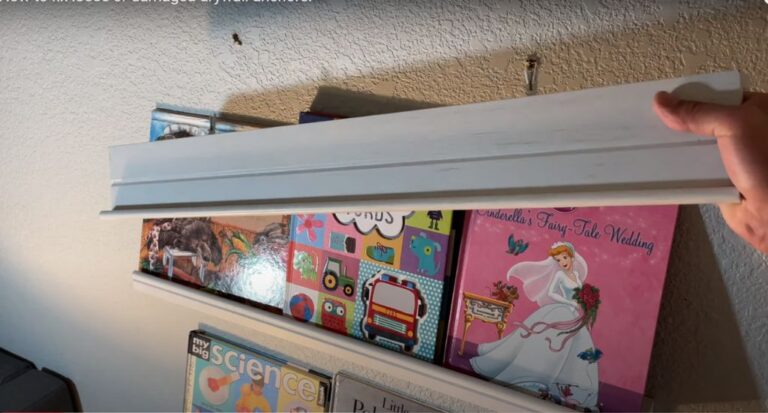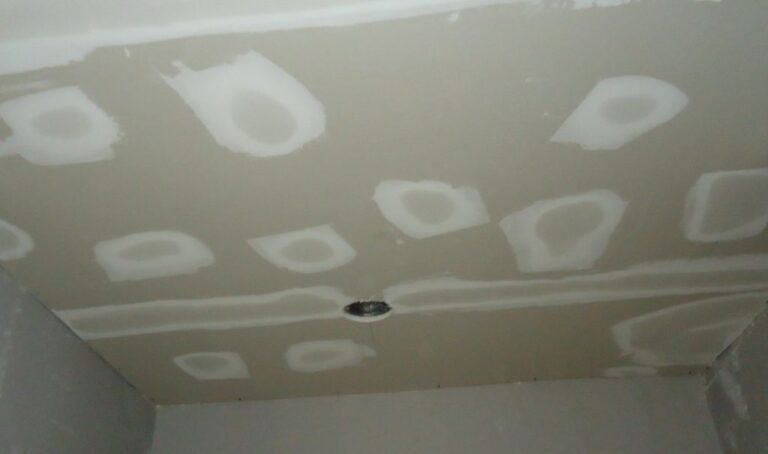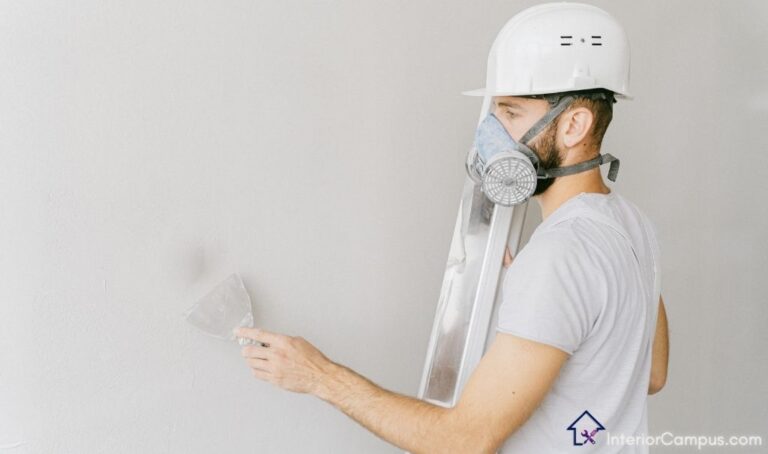Does Drywall have Fiberglass? Identify Drywall without Fiberglass
In the realm of interior DIY projects, drywall reigns as the reigning champion, adorning our walls with grace and elegance. But wait, a curious question arises in the minds of many: Does Drywall have Fiberglass?
Fear not, for I shall unveil the truth! In its traditional form, drywall, also known as gypsum board or wallboard, stands proud without a trace of fiberglass in its composition.
Instead, it boasts a sturdy foundation of gypsum plaster, embraced by layers of thick paper, bestowing upon it the virtues of lightness and ease of manipulation. It is the ideal choice for those seeking to conquer interior spaces with their DIY prowess.
Yet, hold your brushes, for there exists a unique breed among drywall varieties, the “fiberglass-reinforced panels.”
These daring rebels flaunt a thin layer of fiberglass matting on their surface, lovingly coated with gypsum. They find their niche in moisture-ridden abodes like bathrooms and kitchens, combating the relentless assaults of water and dampness.
But fear not, dear DIY champions, for ordinary drywall is a reliable ally in your quest for home improvement. With its gypsum core, it shall bear the burden of your dreams without a whimper.
And as you brave the interior battlegrounds, armed with your trusty drywall, remember to chuckle at the thought of this humble wall companion, for it harbors no secrets of fiberglass mischief!
Does Drywall Have Fiberglass?
Drywall stands tall as a formidable contender, donning its sturdy plaster armor and thick paper shield. But, alas, fear not, for in its traditional form, this gallant drywall does not entertain any notions of fiberglass mischief. It is fiberglass-free, a trustworthy ally, and a reliable comrade in our conquests to mold our homes into cozy abodes.
Yet, beware the clandestine champions of moisture resistance, the “fiberglass-reinforced panels” they call themselves! Fear not their prowess, for they bear a thin layer of fiberglass matting on their surface, cunningly coated with gypsum. These specialized warriors find their purpose in high-moisture battlegrounds, such as bathrooms and kitchens, warding off the vile agents of water damage and dampness.
But fret not, brave souls of DIY, for in most cases, the standard drywall is your noble weapon of choice. Armed with gypsum, it shall fend off the assaults of time and wear with unwavering valor.
So, as you embark on your home improvement odyssey, let us share a knowing smile at the thought of these quirky drywall dynamics. Remember, my fellow home renovators, in the realm of DIY, laughter is our secret elixir for success!
Is the Drywall with Fiberglass Strong Enough?
For most standard interior DIY projects, traditional drywall without fiberglass is more than sufficient. It provides adequate strength and durability for typical residential applications, including living rooms, bedrooms, and hallways.
The absence of fiberglass in standard drywall doesn’t compromise its reliability, as it has been successfully used for decades in countless homes and buildings.
On the other hand, if you’re tackling a project in an area prone to humidity or moisture, such as a bathroom or basement, fiberglass-reinforced drywall might be a more suitable option. The added fiberglass layer enhances its resistance to moisture, making it less susceptible to mold and mildew growth.
How Do I Identify Drywall That Does Not Have Fiberglass?
Identifying standard drywall without fiberglass is relatively simple. When visiting your local hardware store or supplier, look for a regular gypsum board or wallboard. These traditional drywall sheets will typically be labeled as “gypsum board” or “drywall” without any mention of fiberglass in their description.
On the other hand, if you require more moisture-resistant drywall for specific areas, like bathrooms, check for products labeled as “fiberglass-reinforced” or “moisture-resistant” drywall. These specialized panels will have a visible layer of fiberglass matting on the surface, indicating their unique composition.
In conclusion, the majority of standard drywall used for interior DIY projects does not contain fiberglass. Regular gypsum board with its gypsum plaster and paper construction is ideal for most applications around the home. However, if you’re working on projects in areas prone to moisture, consider using fiberglass-reinforced drywall for added strength and resistance.
Brands and Manufacturers offering Fiberglass-free Drywall options
USG, CertainTeed, National Gypsum, and Georgia-Pacific stand tall, bearing the standard gypsum board without a trace of fiberglass mischief. These esteemed names have garnered the trust of builders and homeowners alike, providing reliable and affordable drywall solutions fit for any majestic castle or humble abode.
You’ll find them gracing the shelves of your local hardware stores, awaiting your call to arms, ready to be part of your interior conquests. Whether you seek the resilience of traditional drywall or the added defense of moisture-resistant variants, these gallant brands have your back.
Cost and Availability of Fiberglass-Free Drywall Products
The good news is that traditional fiberglass-free drywall is widely available and generally more affordable than specialized options. The cost of drywall can vary depending on the brand, quality, and quantity required for your project.
On average, a standard 4×8-foot sheet of drywall can cost anywhere from $6 to $15, depending on your location and the supplier. Additionally, purchasing drywall in bulk may provide you with cost-saving opportunities.
As for availability, you can find fiberglass-free drywall at most major hardware stores, home improvement centers, and building material suppliers. Online retailers also offer a wide selection, making it convenient to have the drywall delivered right to your doorstep.
Does Drywall Have Gypsum?
Absolutely! Gypsum is the primary component of traditional drywall. It is a naturally occurring mineral known for its fire-resistant and sound-dampening properties, making it an ideal material for interior walls and ceilings. Gypsum is mined, ground into a fine powder, and then mixed with water to create a paste. This paste is sandwiched between layers of thick paper to form the drywall panels we use in our homes.
The presence of gypsum in drywall gives it its characteristic properties, such as being easy to work with, paintable, and strong enough for most standard applications.
Is Drywall with Fiberglass Stronger than Regular Drywall?
Drywall with fiberglass, often referred to as fiberglass-reinforced drywall, does offer enhanced strength and resilience, especially in areas prone to moisture. The fiberglass layer adds an extra layer of durability, making it suitable for high-moisture spaces like bathrooms and kitchens.
Can I use Regular Drywall for a Bathroom Renovation?
Yes, you can use regular drywall for a bathroom renovation, but it’s important to consider the moisture level in the area. Bathrooms are prone to higher humidity and occasional splashes of water. If you’re using regular drywall in a bathroom, make sure to apply a moisture-resistant primer and waterproof paint to help protect the drywall.
Is there a significant price difference between drywall with fiberglass and regular drywall?
The price difference between drywall with fiberglass and regular drywall varies based on factors such as brand, location, and supplier. Generally, fiberglass-reinforced drywall may be slightly more expensive than regular drywall due to its specialized properties.
Final Words
When it comes to interior DIY projects, understanding the composition of drywall is crucial to making informed decisions about your materials. Traditional drywall, which is widely available and affordable, does not contain fiberglass and is more than sufficient for most residential applications.
However, if you are working on projects in areas with high humidity or moisture, consider using fiberglass-reinforced drywall for added strength and resistance.
Remember to select the appropriate drywall for your specific needs and always follow best practices for installation to achieve a successful and beautiful outcome for your interior DIY projects.
